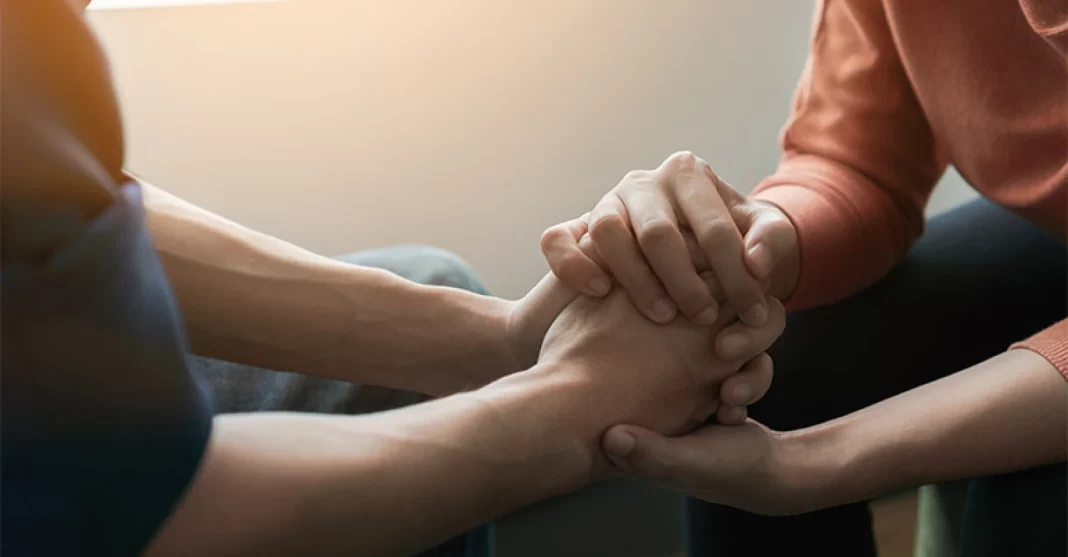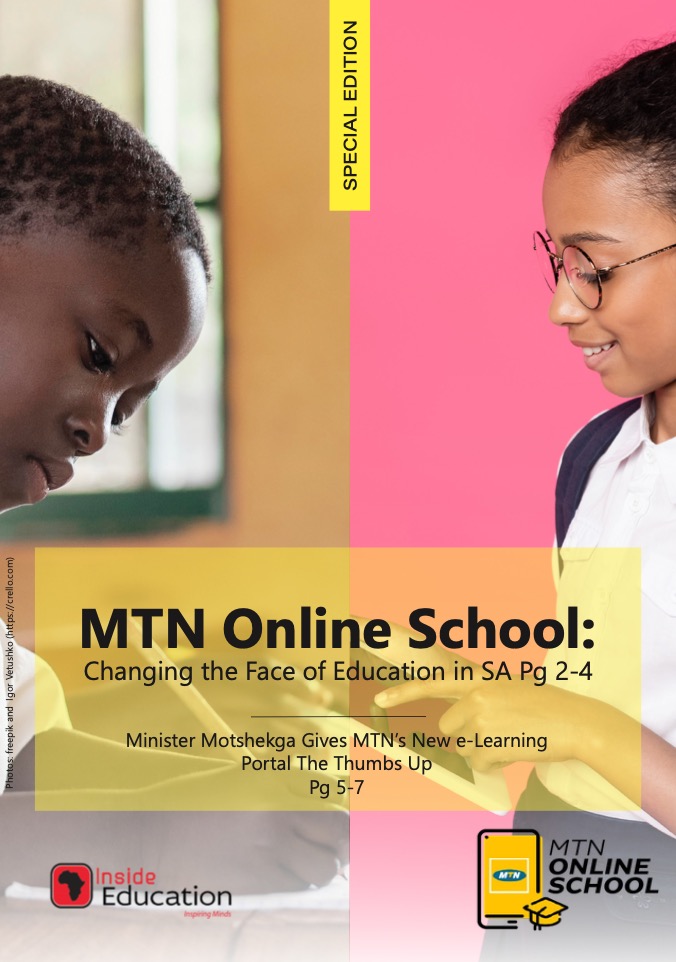ONLINE schooling may have reduced suicide rates in LGBTQ+ teenagers in Dane County during the height of the COVID-19 pandemic, according to a study from UW-Madison’s School of Education, possibly because the school environment for some teens was harmful.
But suicide rates for LGBTQ+ teens are still two to three times higher than their cisgender and straight peers.
“I don’t want any other parent to ever, ever, ever feel like this,” said Dia Caulkins, whose child Graciella-Sawyer Caulkins-Feltz died by suicide in November.
Graciella-Sawyer, who was non-binary, was only 14 when they died. They loved the colors pink and yellow, and unicorns. They had just picked up photography, snapping photos of flowers, sunsets and ice cream. They cared about animals and had just started piano lessons.
They were also extremely kind and compassionate, almost to a fault, Caulkins said.
“They didn’t do this to hurt us, they did this because they couldn’t see a way out,” she said. “And we have to be doing more so that they have a place where they fit, where they’re accepted.”
World events such as the war in Ukraine and George Floyd’s death deeply affected Graciella-Sawyer. They stopped to talk with people experiencing homelessness, volunteered in the community and checked in on their siblings often. They were nice to everyone, even to those who were unkind to them.
“Their capacity for love, except for themselves, was amazing,” Caulkins said.
“I think we need to be doing more,” she said.
UW doctoral student Erin Gill and assistant professor Mollie McQuillan, who authored the study, said finding solutions is particularly important as anti-LGBTQ+ rhetoric increases, especially surrounding youth and schools — from lawsuits over school districts’ gender identity policies and discourse in the 2022 gubernatorial race to efforts to repeal sex education curriculum and challenges to children’s Pride displays in libraries.
“Our study highlights that we need additional organizational supports and reforms for queer and trans kids who are getting pushed out of school and aren’t safe in school,” McQuillan said.
At the start of the pandemic , there were “two stories” about how LGBTQ+ youth were fairing, Gill said.
“We were hearing that some kids were really thriving not being in school anymore because they were out of harmful school environments,” she said. “But we’d also been hearing this other story where youth were really struggling at home, whether they were in a harmful home environment or they lacked the supports they had in school.”
THE STUDY
Those divergent experiences are borne out in the UW study, in which McQuillan and Gill compared results from the Dane County Youth Assessment from 2018 and 2021.
The assessment is a survey given to students every three years, asking them about different behaviors and risk factors, such as drug use and bullying.
Gill and McQuillan’s study found that LGBTQ+ youth reported “significantly fewer” attempts of suicide in 2021 than in 2018, but greater anxiety.
Specifically, in 2021, nearly 39 percent of gay or lesbian high schoolers reported seriously contemplating or having attempted suicide, compared with nearly 42 percent in 2018.
That rate was nearly 47 percent for bisexual students in 2021, compared with nearly 51 percent in 2018.
And for students questioning their sexual identity, the rate was just more than 35 percent in 2021 and just above 38 percent in 2018.
Corresponding rates for straight students, however, were much lower: 14 percent of them in 2021 and 17 percent in 2018.
Meanwhile, anxiety in high schoolers rose from nearly 30 percent in 2018 to more than 32 percent in 2021.
McQuillan said environmental factors may help explain why anxiety increased in students while suicidal thoughts may have decreased.
Anxiety is thought to be linked to a home environment and additional pandemic-related stressors families were facing, while other supports in school and the community were cut off, McQuillan said.
But suicide is thought to be linked more to peer victimization, or bullying.
“So, victimization doesn’t explain all of this increase in suicidality among queer and trans kids, but it explains some of it. And when kids were out of school and experiencing potentially less victimization, we saw that link of suicidality and not anxiety,” McQuillan said.
Caulkins wonders if students whose mental health improved during online schooling already had friends and peer support. “If you don’t have any friends, that’s a very lonely place to be at 12 and 13.”
For Graciella-Sawyer, “the pandemic was terrible,” their mom said.
“It wasn’t like life was easy for them before that, but it was like they were treading water okay,” Caulkins said. “And as the pandemic went on, they got lonelier and sadder.”
Once in-person learning returned, Graciella-Sawyer tried to make friends by joining clubs and staying involved. But some kids bullied them verbally, and some even took photos of them and threatened to post them online.
“We as adults, we as the grown-ups, have to teach kids that their words matter and they stick with kids who are lonely and sad and isolated,” Caulkins said. “As parents, we have a responsibility to make sure that our kids know they are not OK.”
What she hopes to see: More community building in schools, to expose students to different backgrounds and identities, and better mental health services.
The process to get counseling for Graciella-Sawyer was slow, and now as Caulkins is trying to find counseling for her other children as they grieve, the waitlist is months long.
Gill said the study reinforces the importance of bolstering and multiplying ways to support LGBTQ+ youth. And McQuillan said there should be more support to “disrupt” bullying that’s likely happening again now that kids are back in schools.
“I’m really inspired by LGBTQ youth who have been standing up to this political pressure,” Gill added. She said that while students may be struggling because of the increased rhetoric, there is also an increase in peers and LGBTQ+ youth “championing” one another.
McQuillan and Gill hope to expand their study next by looking at statewide data.
As for Graciella-Sawyer, they were giving to the last: Their organs were donated.
“And all moms love their kids, of course, but really, Sawyer really wanted to make the world a better place, and they should have been here to do that as an adult,” Caulkins said. “They would have devoted their life to making it better.”
govtech.com







